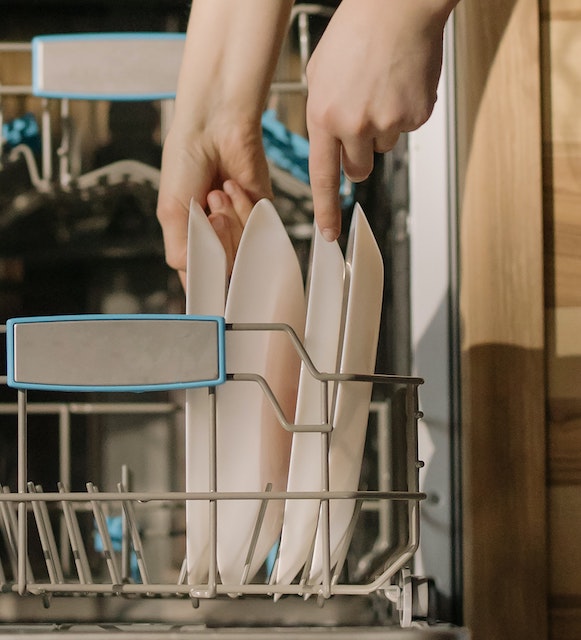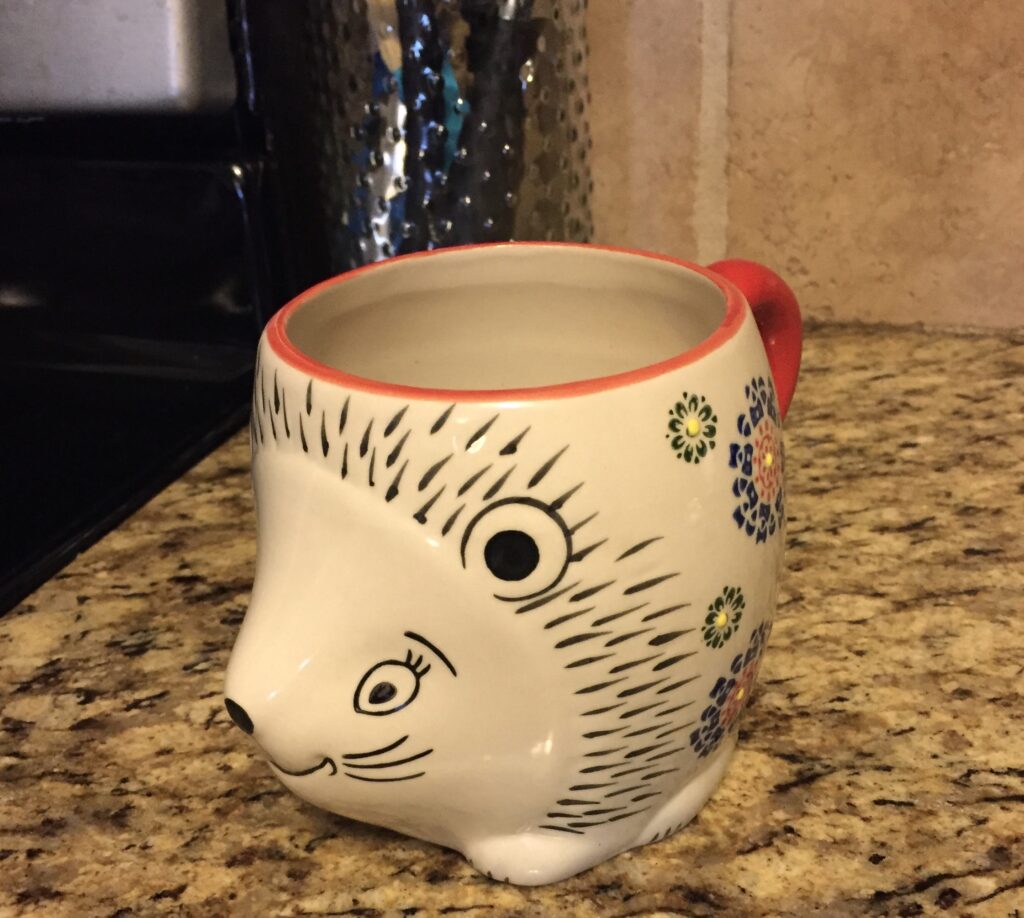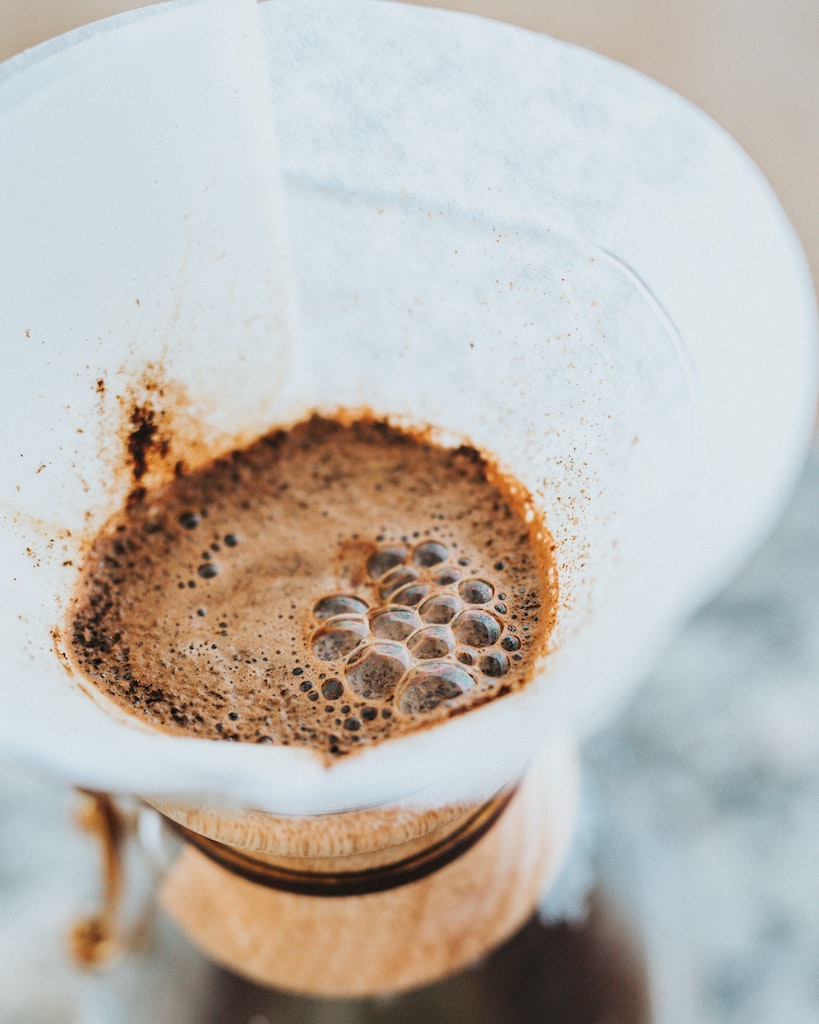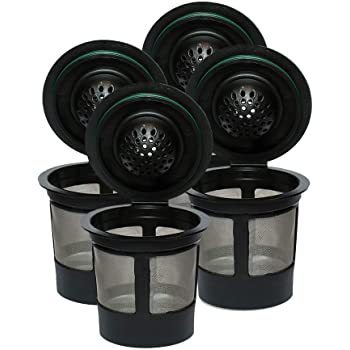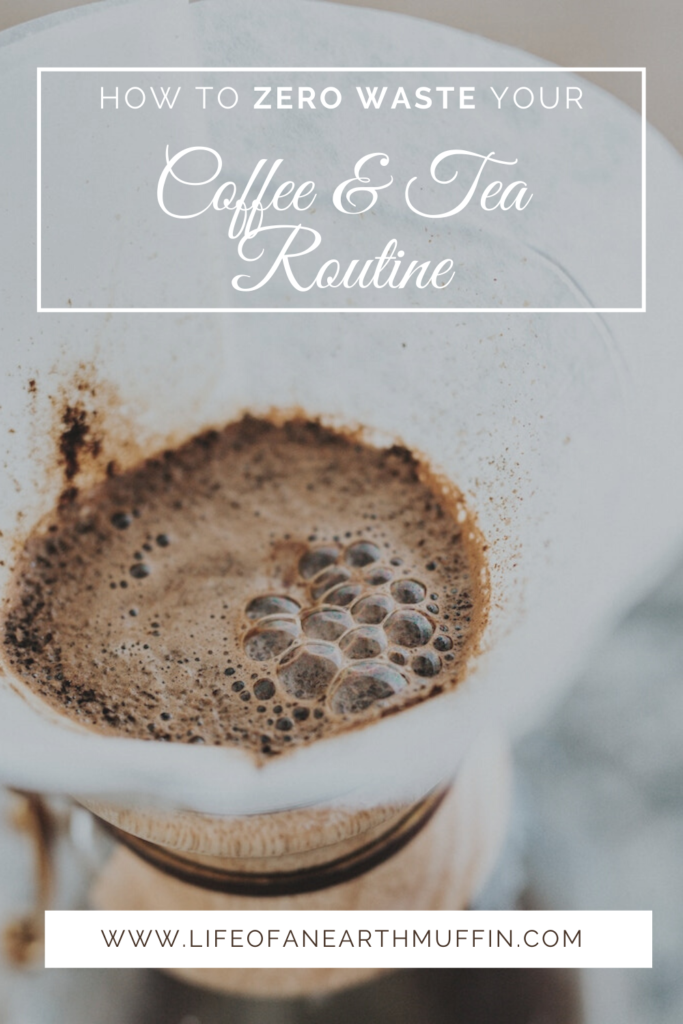Hey earth muffins! It has been about three whole years since I started my eco journey – wow, time sure does fly by! After I hit the one year mark, I wrote a post all about what I learned living low waste. Now that I have three years under my belt, I thought it would be fun to share some of the top things I have learned since I wrote that post. Everyone’s eco journey is different. Whether you make small changes or big ones, you are still making a difference on Mother Earth… 🌎 Plus, you will learn a lot about yourself and sustainable living. Let’s jump right into the things I’ve learned!
Living low waste looks nothing like it does on Pinterest.
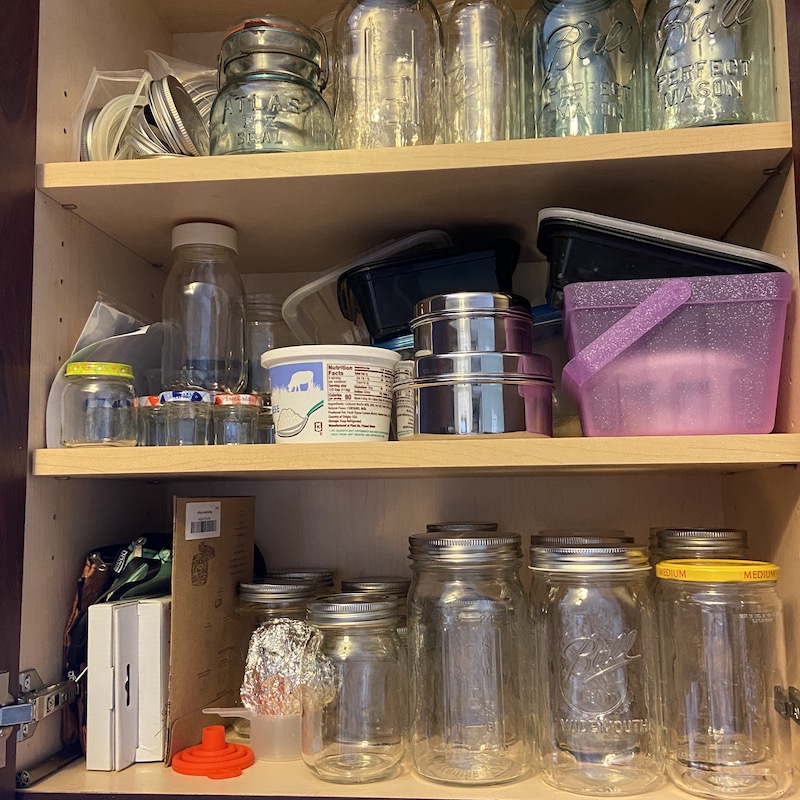
If you type in “zero waste” or “sustainable living” on Pinterest, your page will be full of aesthetic photos sharing the “ideal” zero waste lifestyle. Bamboo toothbrushes, bar products, gorgeous matching mason jars… It is simply not what you should be striving for. And definitely not what your eco-friendly life will end up looking like! Being sustainable means using what you have: lots of colorful rags instead of paper towels, old plastic containers for storage, tons of mismatched jars for food storage (just see my mason jar cupboard above!). Sure, there will be some aspects of your life that look like those stock photos; but, it is important to realize that the perfect zero waste lifestyle doesn’t actually exist. After realizing that, I decided that Life of an Earth Muffin will never be a zero waste blog because I didn’t want to be another online source showing the “perfect picture”. Once you learn that, there is much less pressure to achieve a home that looks low waste. In my opinion, it is much more important to be eco-conscious instead of trying to fit in with the Pinterest aesthetic of sustainable living.
Every small swap counts!
Things I’ve learned during these three years can really be summed up by this: every swap makes an impact. Some people I talk to are hesitant to try eco-friendly living because they don’t think it will make a difference. Even worse, others use this as an excuse to not try at all. Once you start making eco swaps, it is pretty obvious that they do have an impact. A great example of this is when I started composting this year. Seeing how much food goes in the compost bin instead of the landfill shows me first hand that my choices make a difference! Plus, making small changes helps you lead by example. This can convince others around you to start making eco changes too.
Someone is going to judge you.
This lesson learned can apply to everything in your life, regardless if it relates to sustainability. No matter what you do, someone is going to have a different opinion about it. This can lead to judgement, so be prepared for it! When people see you doing something differently, they might question you. However, if you explain why you are making the change in your life, they might realize that they should make the change too! Often the judgement stems from not understanding the eco issues in the world; you will be surprised how many people start making changes after they learn (I know I did after reading No Impact Man in 2018)!
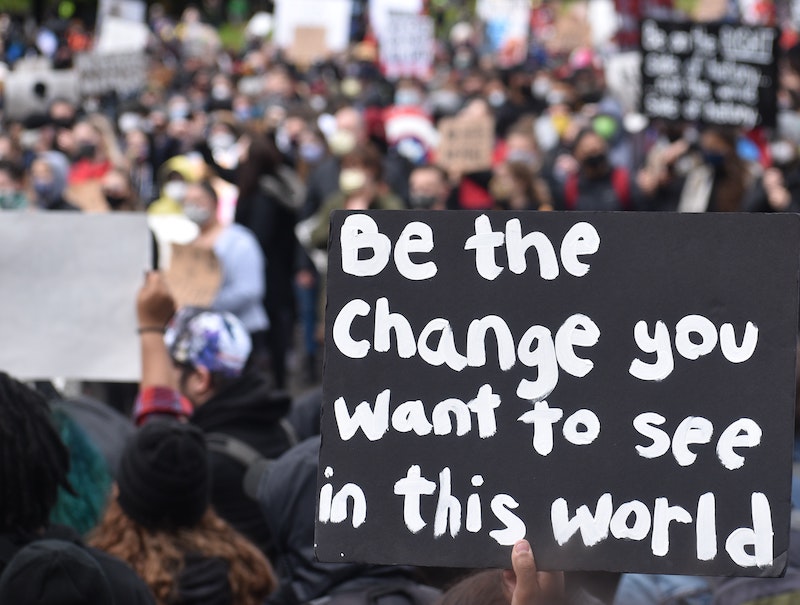
Once you start living low waste, it is easier to consume less.
Believe it or not, I used to love shopping. The mall was one of my favorite places to spend some money. But, now I prefer antique malls and thrift shops. When I started my eco journey I thought that reducing my consumption would be difficult. But, once you learn about greenwashing and how advertising manipulates your mind to purchase things you don’t need, it is honestly pretty easy to give companies the “f*** you” and stop buying things. These days we all over consume goods; it is quite rewarding to only consume what you need.
I’m the happiest I’ve ever been!
When I started my eco journey in 2018, I was happy. But looking back at these three years, I realize that I’ve grown to have an even happier life now that I live low waste. I think this has to do with reducing the things I don’t need, which has allowed me to spend my time on the things I care about most. Everyone always says there isn’t enough time in the day… But, if you simplify your life, I’ve found that I have all the time I need. My mind also feels lighter in a way, because I can focus my thoughts on things like blogging and cooking a nice dinner instead of thinking about the upcoming fashion trends or running to Target to look through their latest holiday decorations (which I used to do a lot haha).
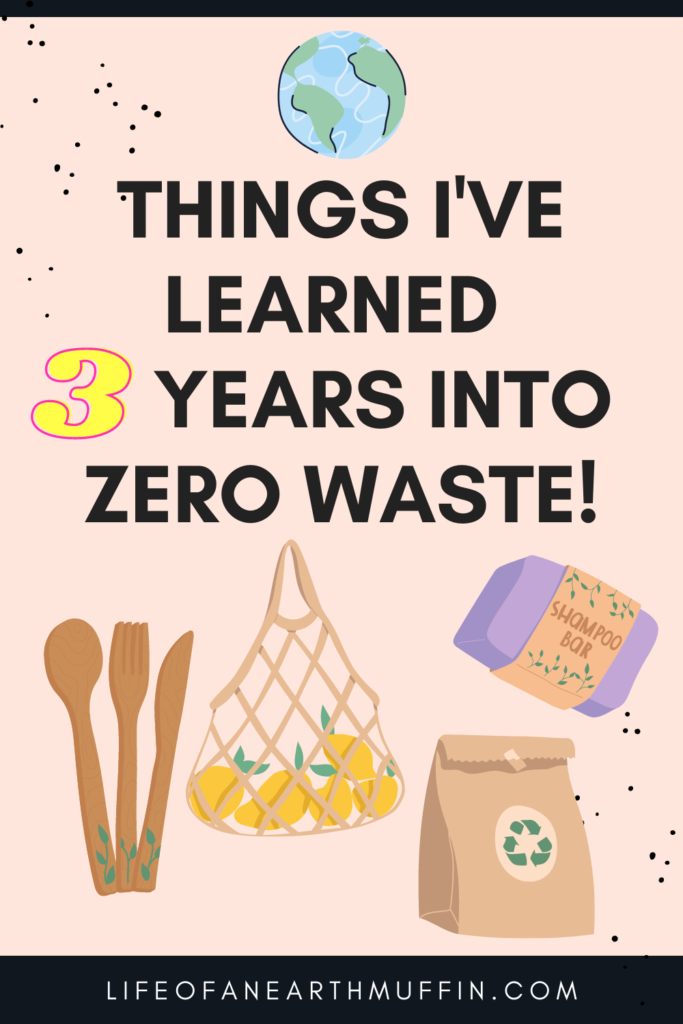
Things I’ve Learned Wrap Up
I’ve learned a lot these past few years. Starting an eco journey forced me to pay attention to important issues impacting Mother Earth. Not only that, the changes I made have resulted in living a much simpler, happier life. Low waste living looks like a lot of things – there is no right answer! Whether you decide to make small swaps or a few big ones, those actions will still impact the planet (and be an example to those around you). Ignore judgement and be the earth muffin I know you are… We can do it! 😊
Love,
Jenna ♥

